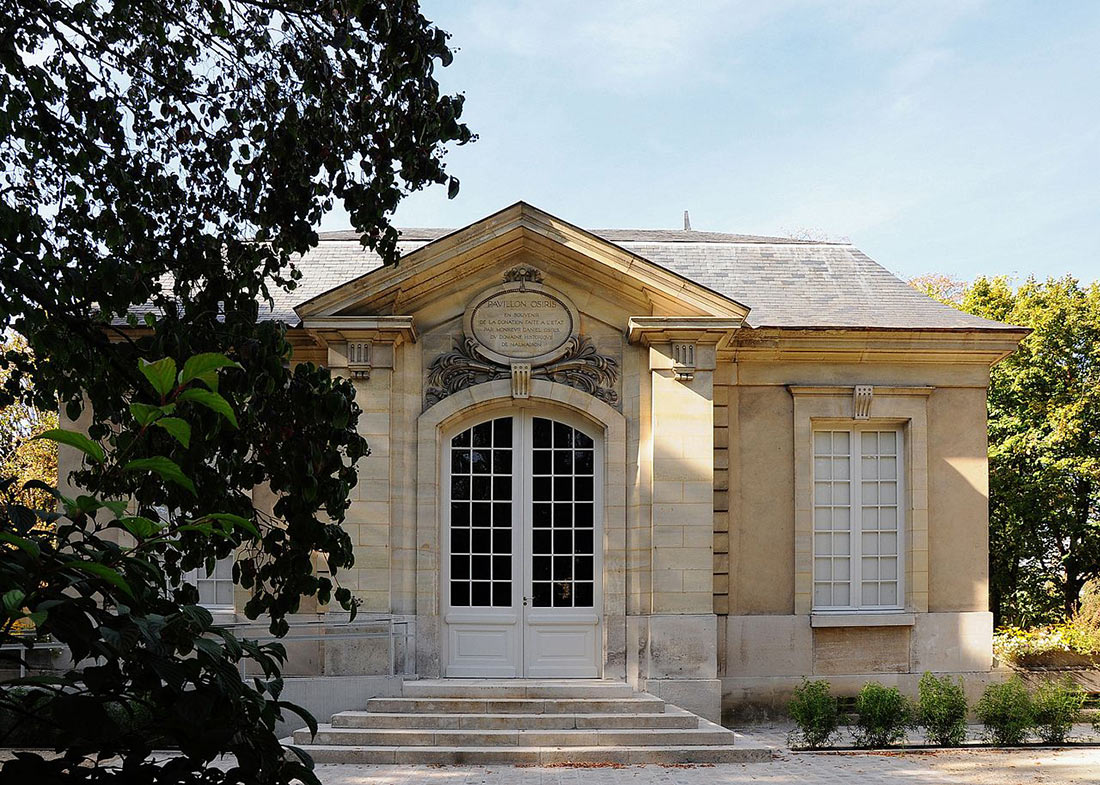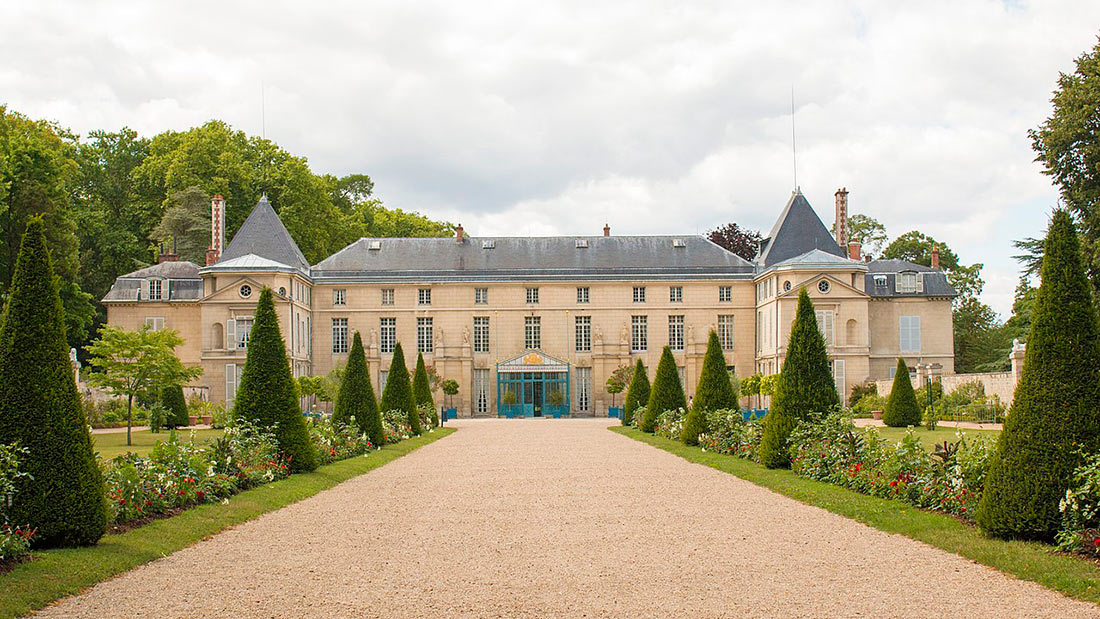Just 20 kilometers from Paris stands magnificent Malmaison castle. Its history is inextricably connected with Napoleon Bonaparte and Joséphine de Beauharnais. This manor house, built in the 17th century, Josephine bought in 1799 because she wanted to have a residence not far from the capital. Between 1800 and 1802, it was rebuilt by the architects Charles Percier and Pierre Fontaine, as a result of which it turned into a real castle, which is a unique example of architecture and interior decoration of the Consular era.
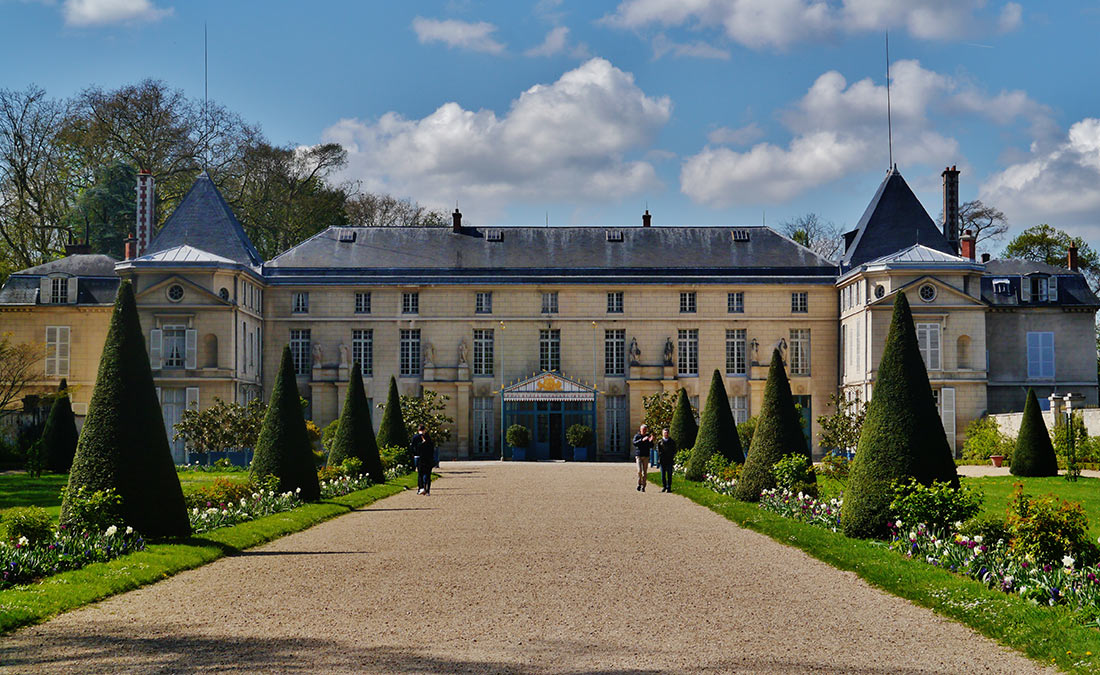

Some of the rooms are very masculine. Napoleon’s library still contains about 500 his books with the monogram “BP”. Next door there is the Council Room, where he met with advisers called from Paris. The walls and ceiling here are trimmed with striped twill in order to resemble the inside of a warlord’s tent. It was here that Bonaparte established the National Order of the Legion of Honour, France’s highest award, and worked on the Napoleonic Code, France’s first legal framework, which still defines the way the country is run.


The emperor’s bedroom is furnished with items brought from several of his residences. In other rooms you can see valuable exhibits, including David’s painting “Napoleon Crossing the Great Pass of St. Bernard”, the ceremonial sword of the First Consul and a unique tabletop from the table in Austerlitz, which depicts the Emperor and his marshals.
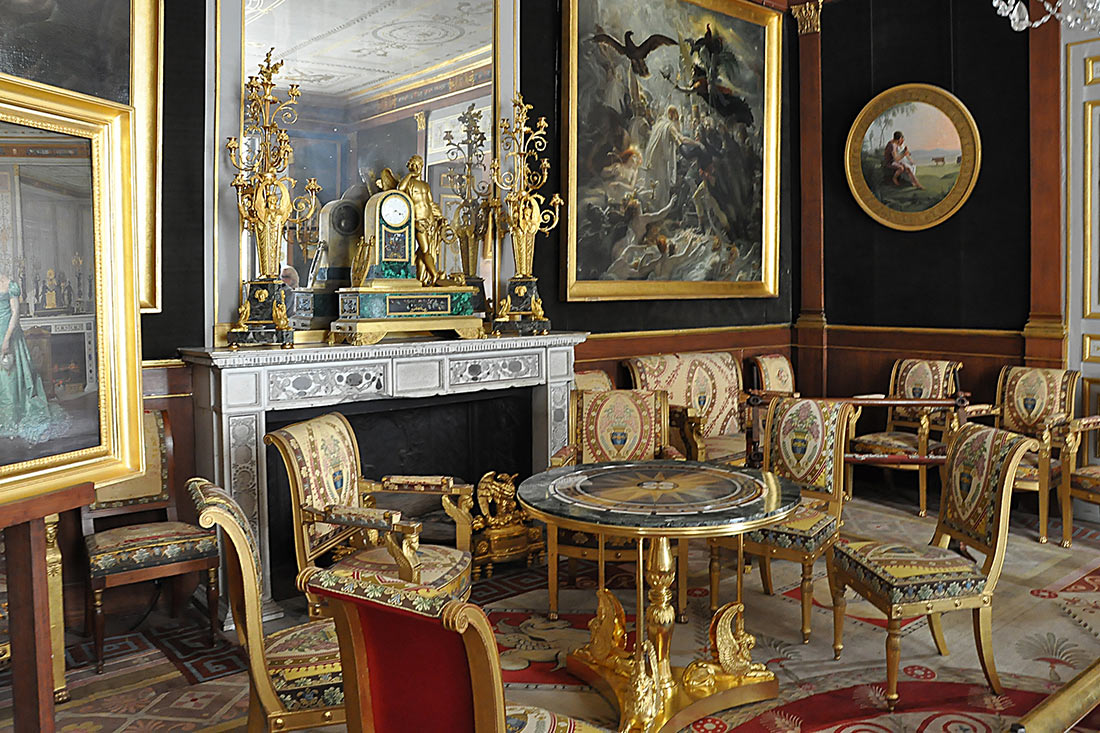
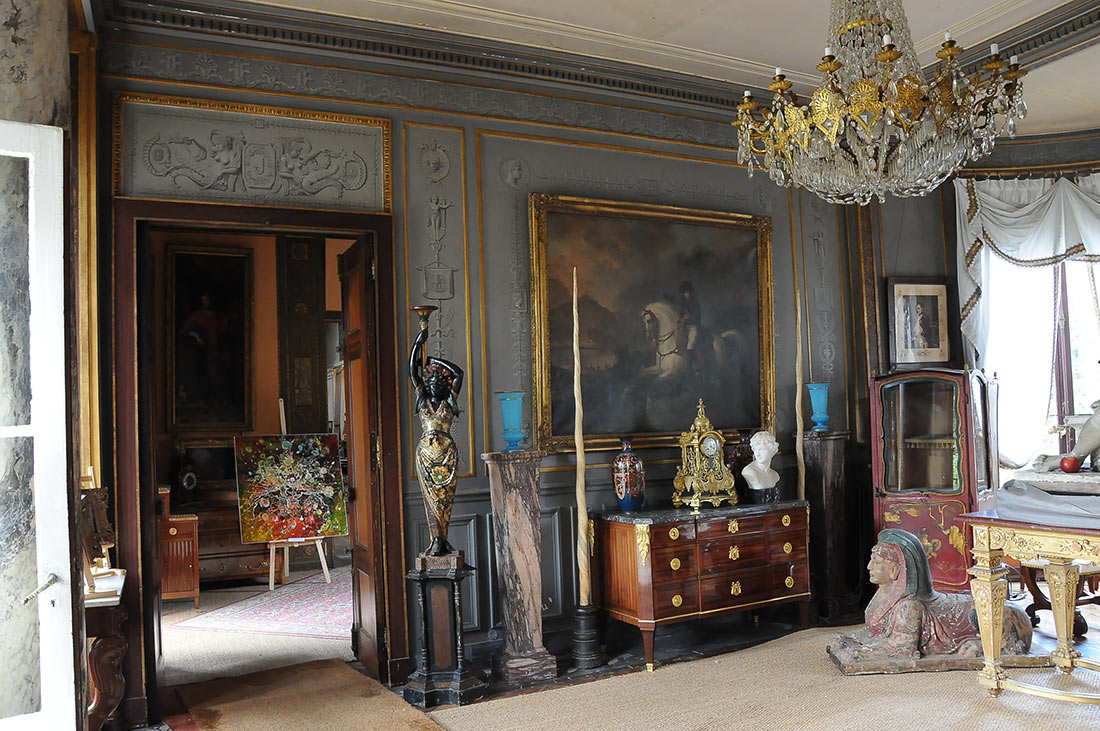
The Music room contains paintings from the Josephine’s collection, as well as the harp and piano of Queen Hortense. The Dining room, harmoniously decorated in delicate colors, is a perfect illustration of the Pompeian style. The library, whose magnificent original decoration has been preserved, contains furniture, mainly brought from the Tuileries. The secret staircase arranged here led Napoleon directly to his rooms on the first floor.
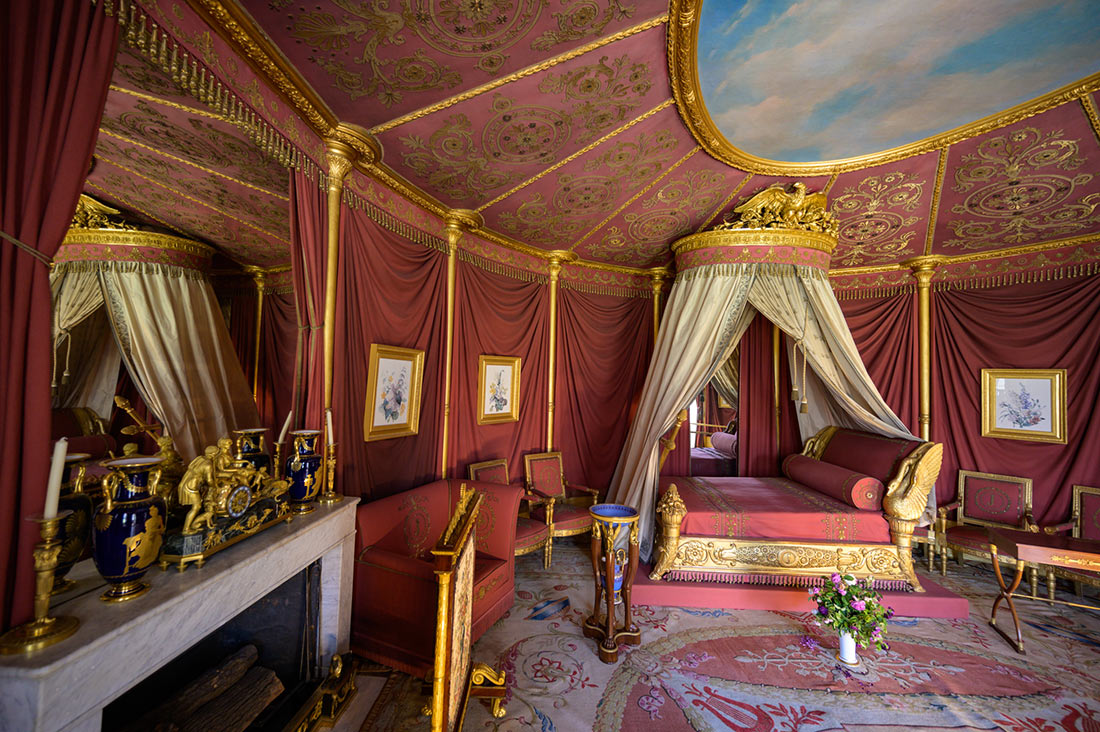
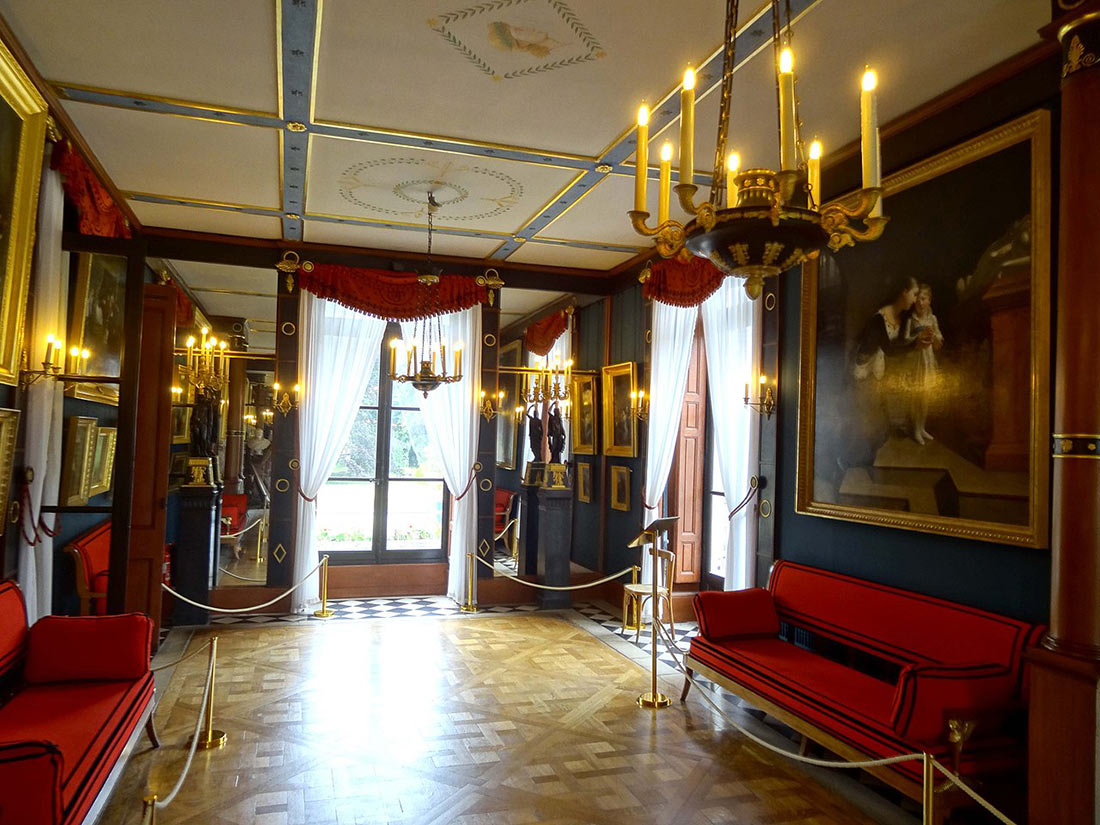
Together with the Tuileries, Malmaison Castle was the headquarters of the French government from 1800 to 1802. When Napoleon moved to Saint-Cloud, Josephine remained in Malmaison, where she made extensive repairs. After her divorce in 1809, she settled here permanently and died in her beloved home on May 29, 1814.
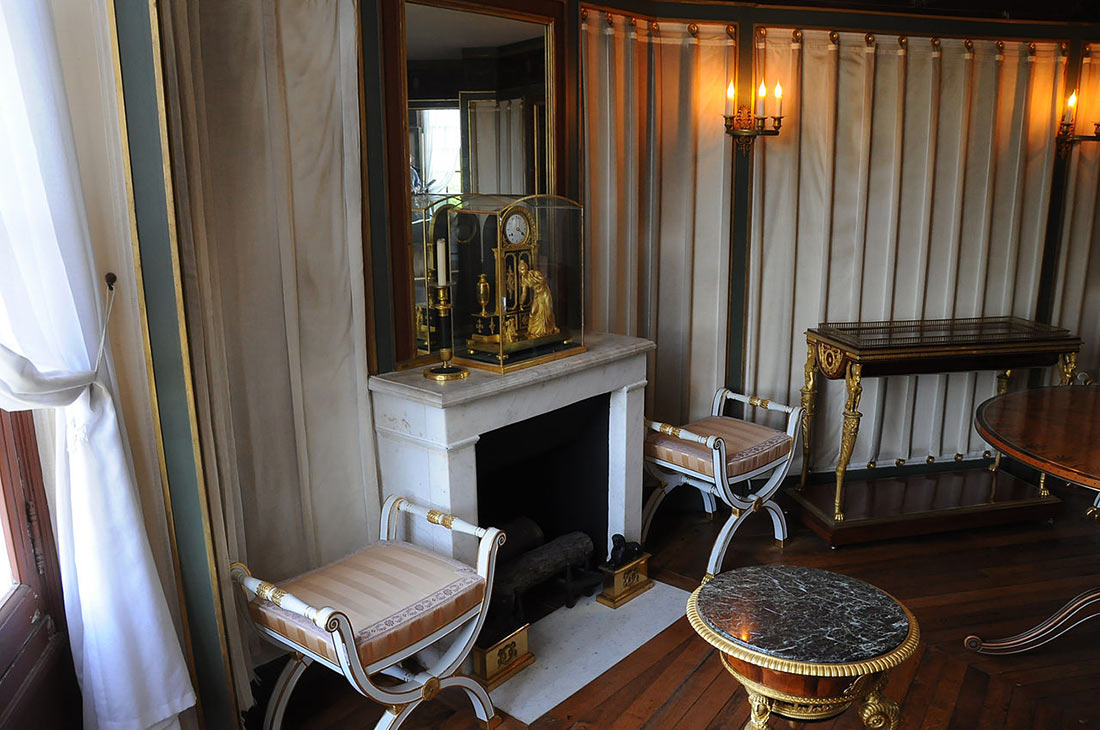
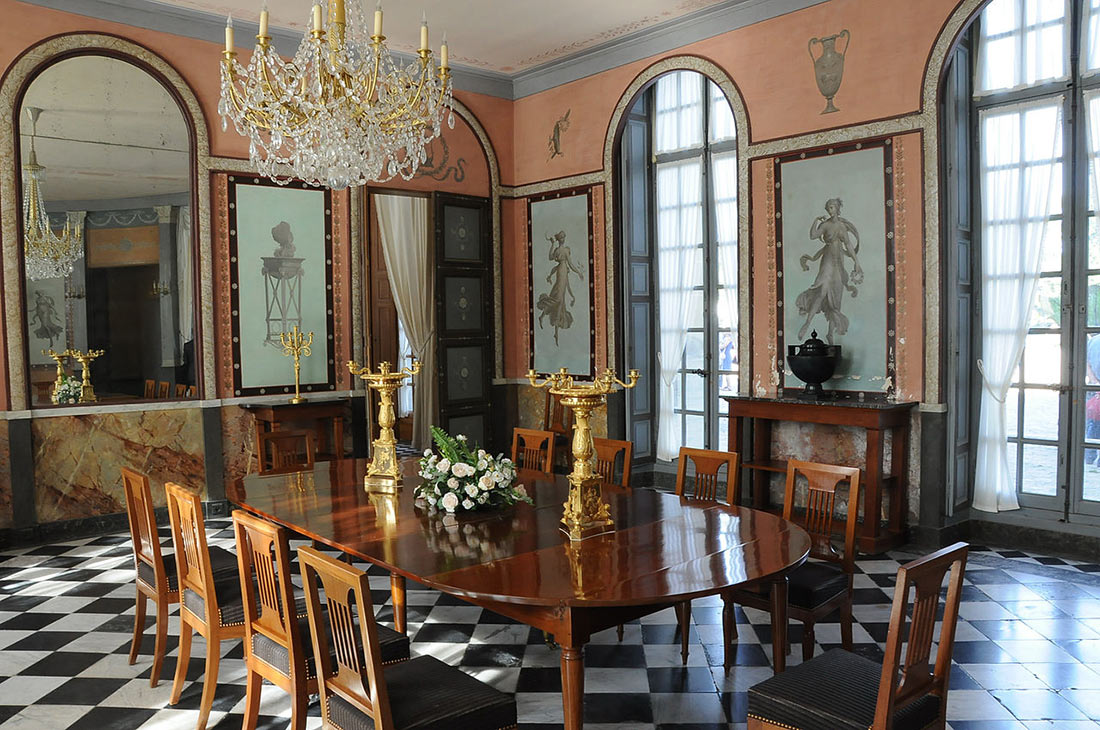
Today Malmaison Castle is open to visitors. It houses a museum dedicated to Napoleon. Besides, complex has a beautiful garden where you can touch the Nature and relax.
